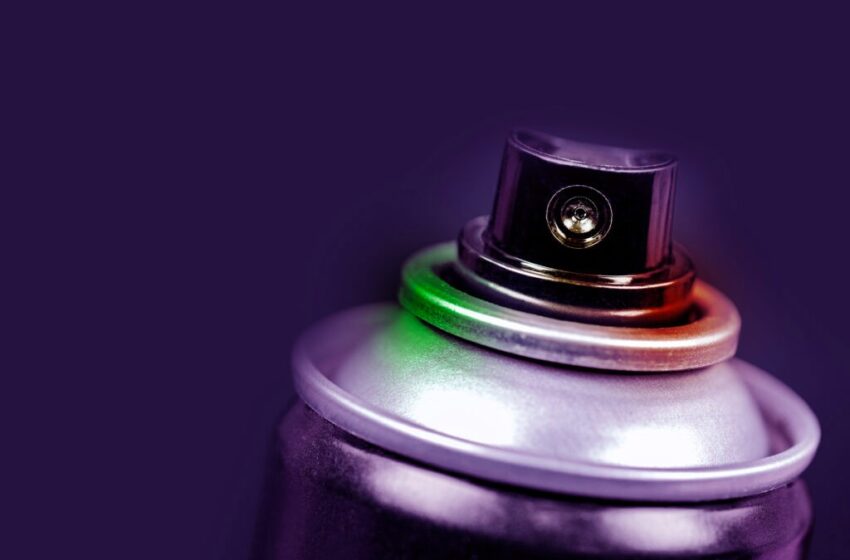Choosing Aerosol Spray Paints

Aerosol spray paints are among the most versatile tools for creating art. They’re easy to use and can be applied to almost any surface. A wide variety of colours is available, from pastels to metallics and fluorescents.
Choosing paint can be difficult, however, because there are so many different brands on the market. To make your decision easier, here are some guidelines for choosing aerosol paints:
Consider your project. Before you buy, think about what you want to do with your spray paint. If you’re just looking for a quick way to add colour to an object, then you might want to consider acrylic or latex house paints in an aerosol can instead of an oil-based spray paint designed for outdoor use. These paints dry faster than oil-based ones and are easier to clean up afterward because they don’t leave a residue on your hands or clothes like oil-based paints do. They also cost less than oil-based paints because they don’t require as much material or as many coats of paint to cover an object.
The first thing to consider when choosing aerosol spray paints is the surface you want to paint. You can use these paints on many different kinds of materials, but it’s important to make sure they are suitable for your project. For example, if you’re planning on painting metal or plastic, you’ll need a primer first so that your paint sticks well. If you’re working with glass or ceramic tiles, you’ll need special adhesives.
It’s also important to consider what kind of coverage you want from your aerosol spray paint. Some cans give you better coverage than others depending on how long they’re held against the surface being painted; others provide less coverage because they contain fewer drops per millilitre of paint.
When choosing an aerosol spray paint can, look for one that has three key features: a trigger lock button that prevents accidental spraying; a nozzle lock button that allows the user to change nozzles without accidentally spraying.
Aerosol spray paints come in a range of colours and finishes. The most common are matte, satin, and gloss. Matte finishes are flat, with almost no shine; satin finishes have a slight sheen; and gloss paint has a high-gloss sheen. Some paints also come in metallic and pearlescent finishes.
When choosing the right paint for your project, consider the size and shape of the area you need to cover. For example, large areas can be covered more quickly with an aerosol spray gun than with a brush or roller. Also consider how much coverage you want on each coat — for example, if you want deep colour saturation or just a light coating of paint.